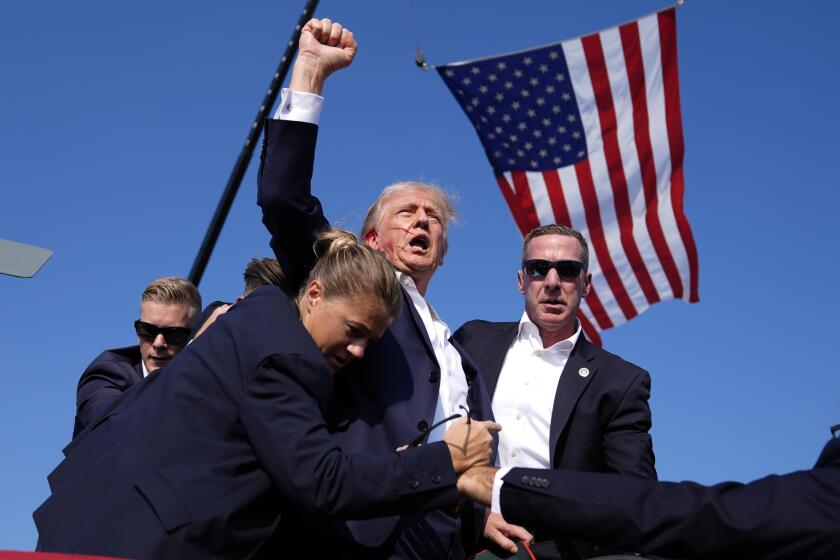Column: There are some drastic ideas to overhaul Californiaâs recall. Be careful, says one expert
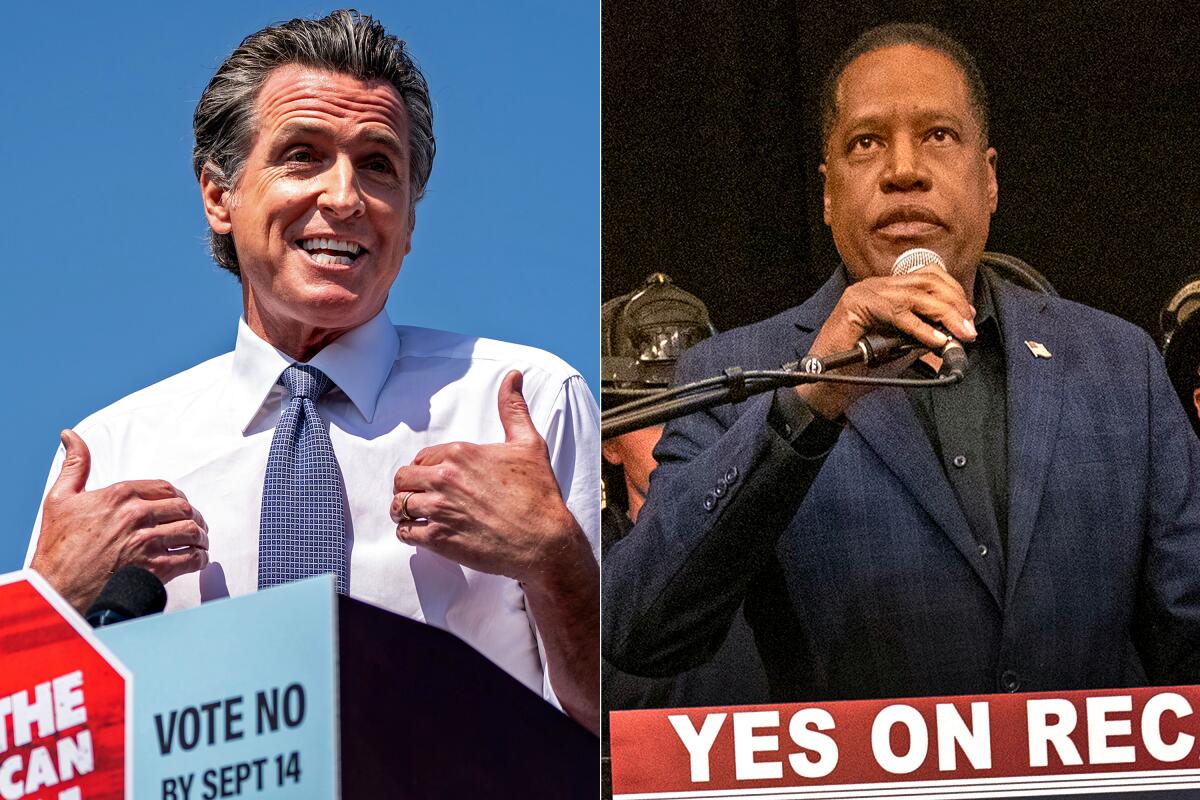
If thereâs a big winner of Californiaâs gubernatorial recall election, apart from the revitalized incumbent, itâs probably Joshua Spivak.
Arguably the countryâs foremost expert on the subject, Spivak cranked out a timely history, âRecall Elections: From Alexander Hamilton to Gavin Newsom,â and became the reigning authority on Californiaâs madcap politics for dozens of news outlets worldwide. Appearing in Teen Vogue was a particular thrill, said Spivak, a political obsessive who is no oneâs idea of fashion-forward.
In the aftermath of the profligate exercise â $276 million in tax dollars torched so Newsom could romp past his Republican opponents â there has been no shortage of calls to reform the recall.
But Spivak, with his store of encyclopedic knowledge, warns against anything too drastic, and not just because a reduction in recalls might take away some of his fun. A senior fellow at New Yorkâs Wagner College, Spivak tracks recalls â each year there are scores of them nationwide â as a hobby.
(What, you think extreme ironing and competitive dog grooming arenât weird?)
Itâs too easy in California to force a costly and wasteful special election like Tuesdayâs vote.
Spivak worries that some proposals floating around would make it too hard to qualify a recall for the ballot and others, like automatically having the lieutenant governor replace an ousted governor, would only lead to more political mischief. âThen why not recall the lieutenant governor?â he asked.
Itâs not as though California is particularly recall-crazy, said Spivak, who lives in the East Bay and makes his living in public relations. In the last 11 years, the state has had 116 recall elections, the overwhelming majority of them at the local level. Michigan had 175, the most of any state, and Oregon had just about as many as California and could surpass the state by yearâs end.
But two California gubernatorial recall elections less than 20 years apart â representing half of all those conducted in U.S. history â have raised a number of concerns: about the cost, about the relatively low threshold for qualifying a recall, about the power and influence of money on the signature-gathering process and, not least, about the undemocratic nature of a system that allows a recalled official to be replaced with someone having far less support.
By way of reminder, even if a near-majority of the electorate votes against the recall, the targeted lawmaker is ousted and replaced by whichever replacement candidate receives a plurality of votes. In other words, if 49.9% of Californians had wanted to keep Newsom in office he would have been tossed out and Californiaâs new governor would be talk radio personality Larry Elder, who received less than 30% of ballots cast in the Sept. 14 election.
Talk about weird math.
Of the 19 states that allow for gubernatorial recall elections, California has the lowest threshold to reach the ballot. It takes signatures representing just 12% of ballots cast in the last governorâs race. Spivak said a good idea would be changing that to 10% of registered voters, which would smooth out fluctuations based on a particularly high or low turnout election. (The latter helped lead to the 2003 recall that resulted in Gov. Gray Davisâ ouster.)
Changing the threshold would make it harder to force a costly special election and require more buy-in from California voters. In Newsomâs case, it took just under 1.5 million signatures to qualify the recall attempt. It would have taken the signatures of 2.2 million registered voters.
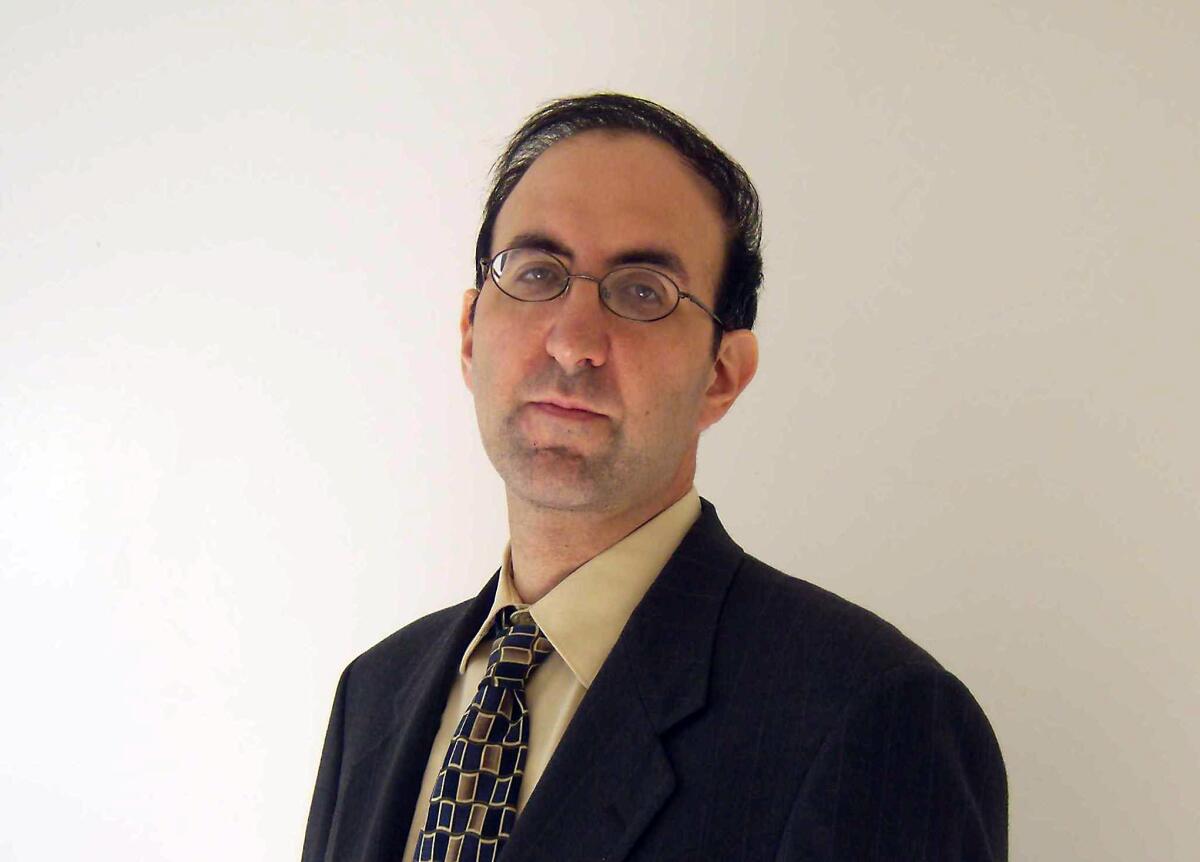
Another worthwhile reform, Spivak said, would be to copy the system used in Idaho. To recall someone there, the vote must surpass the number of ballots an official received when they won election. So ejecting Newsom would have required not just majority support for his removal but topping the more than 7.7 million votes he received in November 2018.
âIt feels like this type of provision mitigates complaints that a small minority of voters choose to overthrow an elected official,â Spivak said.
Another not-bad idea, he said, is doing away with the bounty paid for signatures to qualify a recall, which gives an edge to well-heeled campaigns and individuals willing to spend a small fortune on qualifying petitions. But, Spivak noted, that could face a stiff legal challenge, given Supreme Court rulings that equate campaign donations with free speech.
(Legislation to do so is pending before Newsom; past efforts have failed.)
The effort to oust Sonoma County prosecutor Jill Ravitch failed. But it underscores the need for reform.
Spivak is less enthused about other proposals.
Forcing recall proponents to pay the cost of an election doesnât seem appropriate, he said, any more than forcing someone to pay to vote. The recall, he notes, is enshrined in Californiaâs Constitution. âIs there anything else like that,â he asked, âwhere we make people payâ to exercise their legal right?
âItâs not,â Spivak said, âwhat we do in America.â
He also frowns on suggestions the recall be limited to cases of malfeasance as opposed to, say, recalling someone because they belong to a different party or voters donât like the way an officeholder walks or talks.
That would require a judge or election official to determine what constitutes malfeasance, Spivak said, which opens the door to all sorts of legal skirmishing and, inevitably, lengthy appeals. That could end up killing the recall, he said, or at least make it almost impossible to qualify an attempt.
Bottom line, Spivak said, there are changes that could improve the system, reign in some of the more egregious abuses and make it more small-d democratic. âBut,â he believes, âitâs not some pressing need.â
Better, he suggested, for lawmakers in Sacramento to focus on homelessness, crime and some of the voter frustrations that led to the attempted recall of Newsom in the first place.
More to Read
Get the latest from Mark Z. Barabak
Focusing on politics out West, from the Golden Gate to the U.S. Capitol.
You may occasionally receive promotional content from the Los Angeles Times.

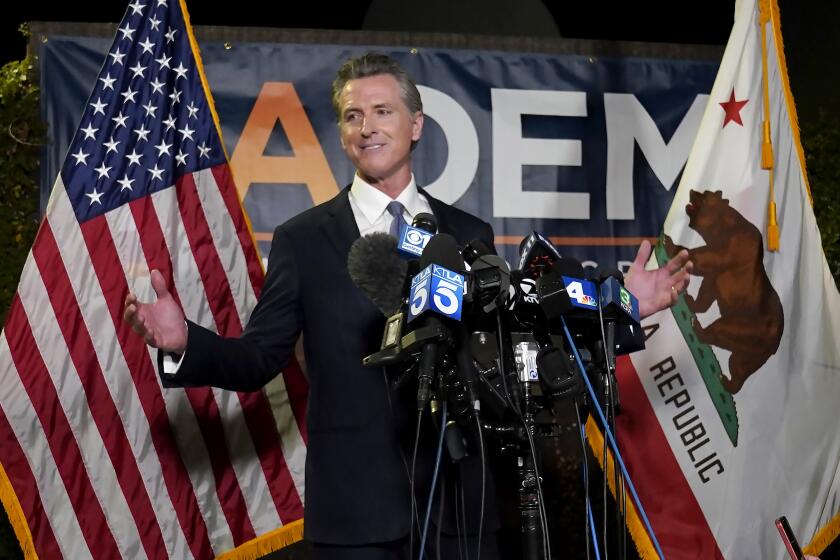
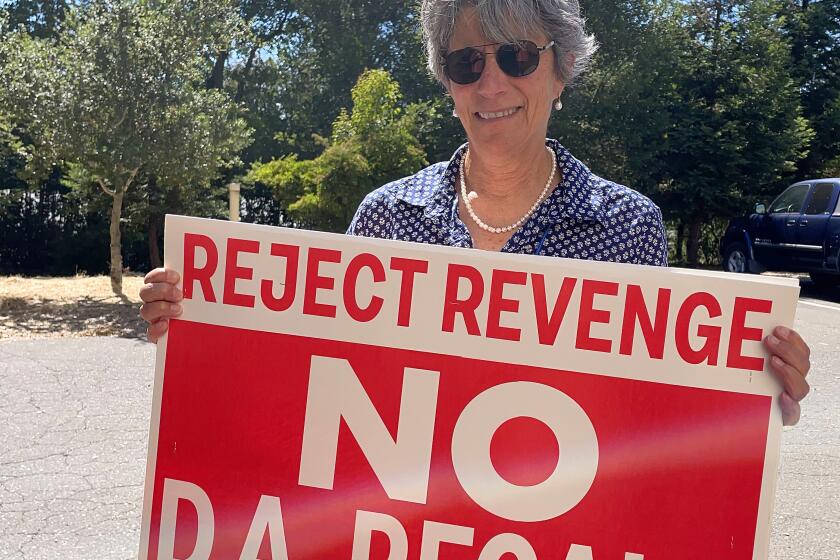

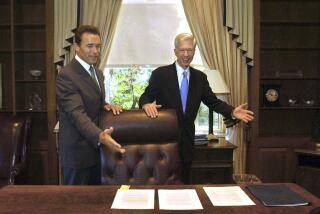



![[20060326 (LA/A20) -- STATING THE CASE: Marchers organized by unions, religious organizations and immigrants rights groups carry signs and chant in downtown L.A. "People are really upset that all the work they do, everything that they give to this nation, is ignored," said Angelica Salas of the Coalition of Humane Immigrant Rights. -- PHOTOGRAPHER: Photographs by Gina Ferazzi The Los Angeles Times] *** [Ferazzi, Gina -- - 109170.ME.0325.rights.12.GMF- Gina Ferazzi/Los Angeles Times - Thousands of protesters march to city hall in downtown Los Angeles Saturday, March 25, 2006. They are protesting against House-passed HR 4437, an anti-immigration bill that opponents say will criminalize millions of immigrant families and anyone who comes into contact with them.]](https://ca-times.brightspotcdn.com/dims4/default/34f403d/2147483647/strip/true/crop/1983x1322+109+0/resize/840x560!/quality/75/?url=https%3A%2F%2Fcalifornia-times-brightspot.s3.amazonaws.com%2Fzbk%2Fdamlat_images%2FLA%2FLA_PHOTO_ARCHIVE%2FSDOCS%2854%29%2Fkx3lslnc.JPG)



